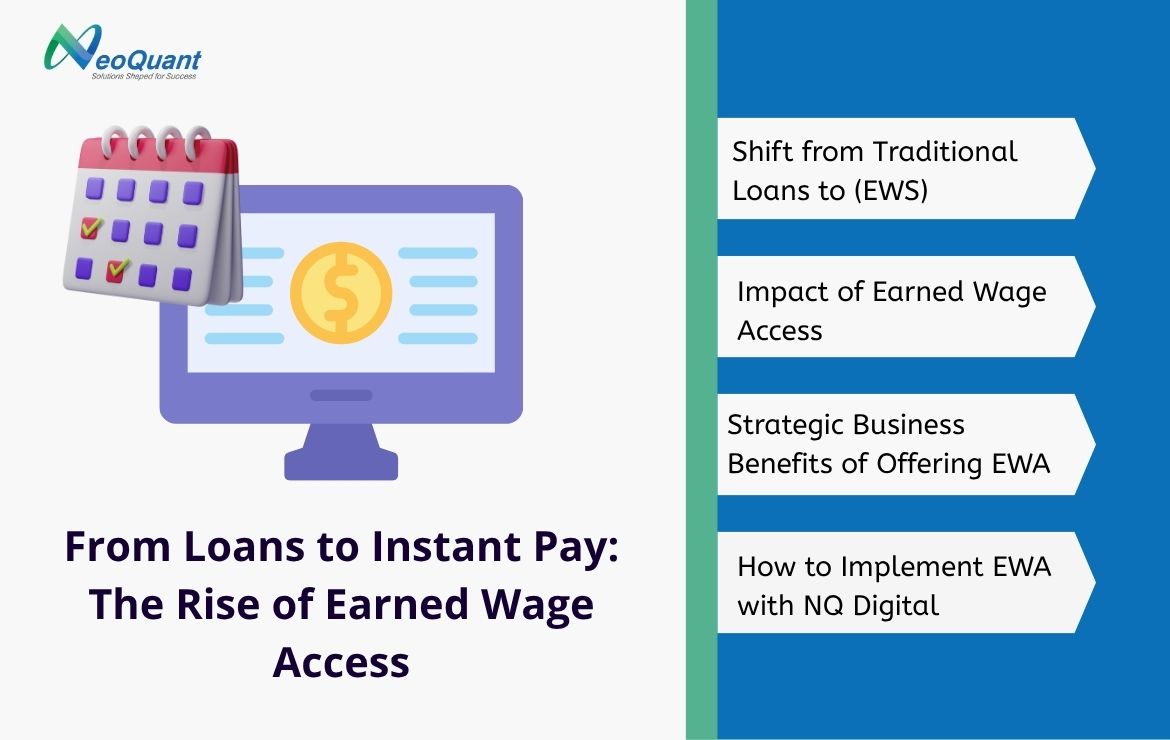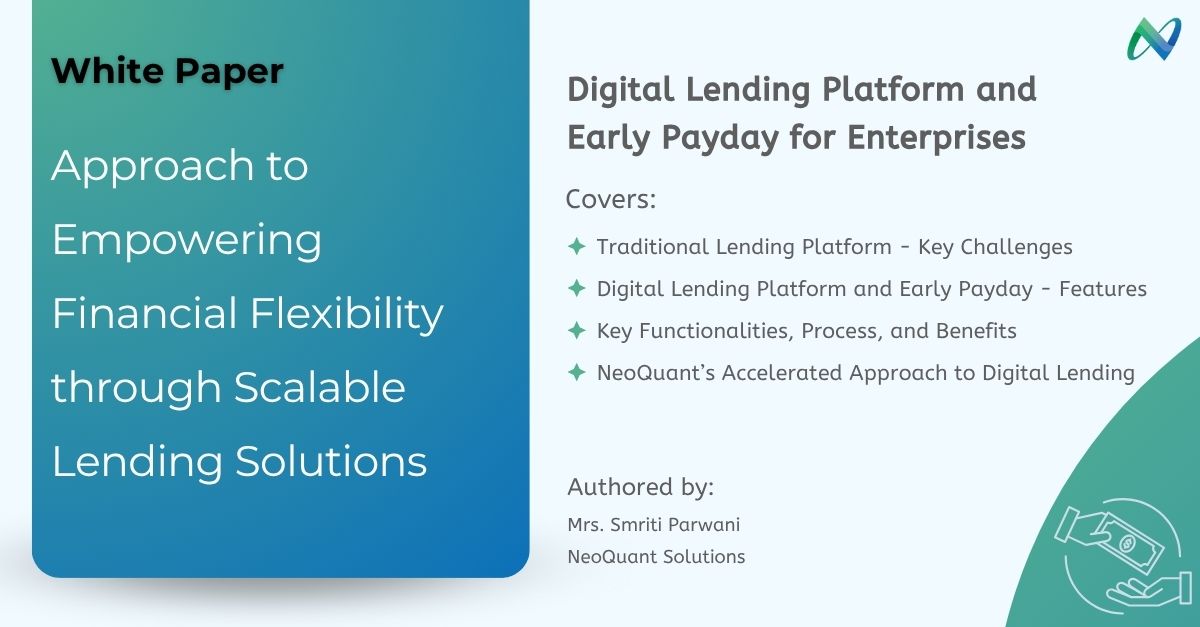Why Your Data Lake Needs Governance in 2025
With businesses continuing to gather large amounts of structured and unstructured data, Data Lakes emerged as a central component of contemporary data architecture. Data Lakes store vast amounts of raw data allowing them flexibility and scalability. However, there is a catch. Data Lakes can quickly become chaotic if not handled properly. This makes it essential to ensure that these data lakes are secure, reliable and well-governed. Our blog regarding why your data lake needs governance in 2025 highlights why data governance is no longer a nice-to-have aspect for your data lakes, but rather a must-have to sustain trust, compliance, and usability.
What is Data Lake?
A data lake is a centralized storage for all types of data; structured, semi-structured, and unstructured data of any size. Unlike a classical data warehouse that requires you to resize your data to fit into predefined schemas, data lakes allow users to store raw data in its original format. The methodology supports advanced analytics, machine learning, and real-time insights. Still, this flexibility can become a curse without adequate governance.
Now, coming onto why your data lake needs governance in 2025?
The Risks of Poor Data Lake Governance
The absence of proper data lake governance gives rise to data sprawl, duplication, and inconsistency. Data without sound metadata becomes difficult to trust, accurately locate, or even analyze in the intended manner. Such inaccurate or obsolete data could expose your organization to legal and compliance issues, security breaches, as well as poor decision-making. According to most of these data regulations, if data lakes are not governed by 2025, the effects would be legal and financial.
Benefits of Data Lake Governance

Setting in place governance for data lakes will bring a sense of order, quality, and security to the entire data ecosystem. Some important advantages include:
- Data Cataloging: Helps users quickly find and understand data.
- Metadata Management: Helps offer context and the flow of data for easier interpretation.
- Access Control: Protects sensitive data and compliance with user rights.
- Data Quality Management: Guarantees reliability, consistency, and precision.
- Audit and Compliance: Monitors data usage in line with regulations.
Data Governance Strategies for 2025
In the current fast-paced environment, governance must be automated, scalable, and comprehensively integrated within the data pipeline. Some strategies that function well include:
- Develop a robust governance framework with clear delineation of ownership and policies.
- AI and machine-learning models for anomaly detection and streamlining data classification.
- Implement data lineage tracking to monitor data movement and transformation.
- Role-based access control for secure collaboration.
- Promote data stewardship to drive accountability across teams.
Future-Proofing Your Data Lake
As data volume and complexity continue to escalate, organizations should build future-proof data lakes. This is possible by embracing cloud-native architecture, real-time analytics, and privacy by design. Now is the time for data governance tools to be dynamic enough to work in hybrid and multi-cloud environments with a consistent policy layer across all data assets.
Conclusion
Data Governance is the backbone of a successful data lake strategy. Without it, your data investments can quickly turn into liabilities. With a reasonable level of governance put in place, organizations stand to see great advantages to maximize their data lakes in terms of security, compliance, and user-friendliness. It is high time for data governance to be viewed as not an afterthought to be considered but instead as an essential step to be placed on the path to digital success.
Read next: From Loans to Instant Pay: The Rise of Earned Wage Access




Comments are closed